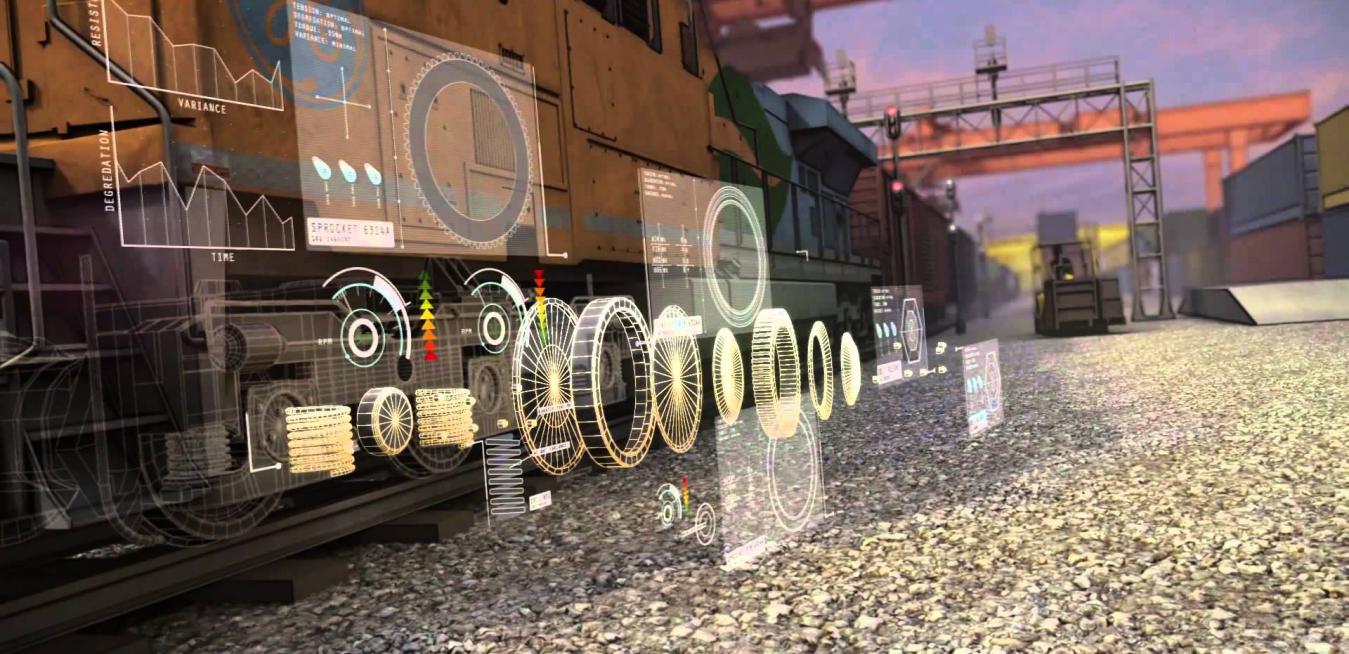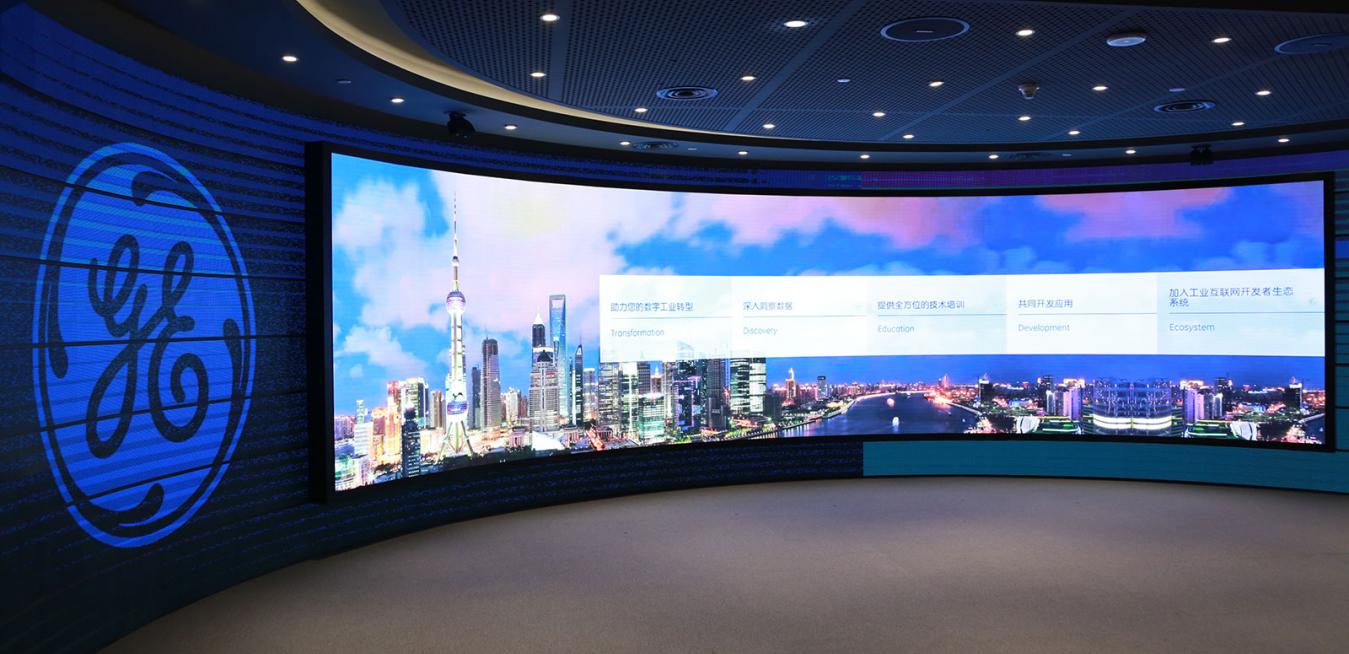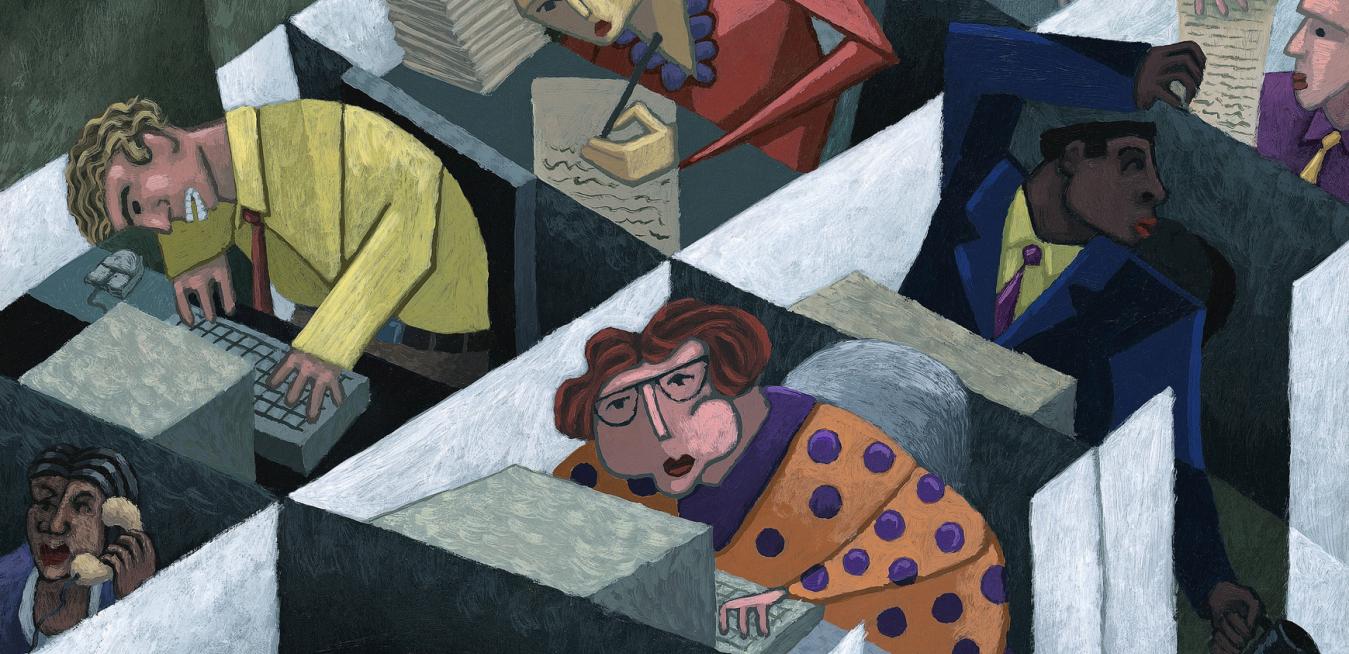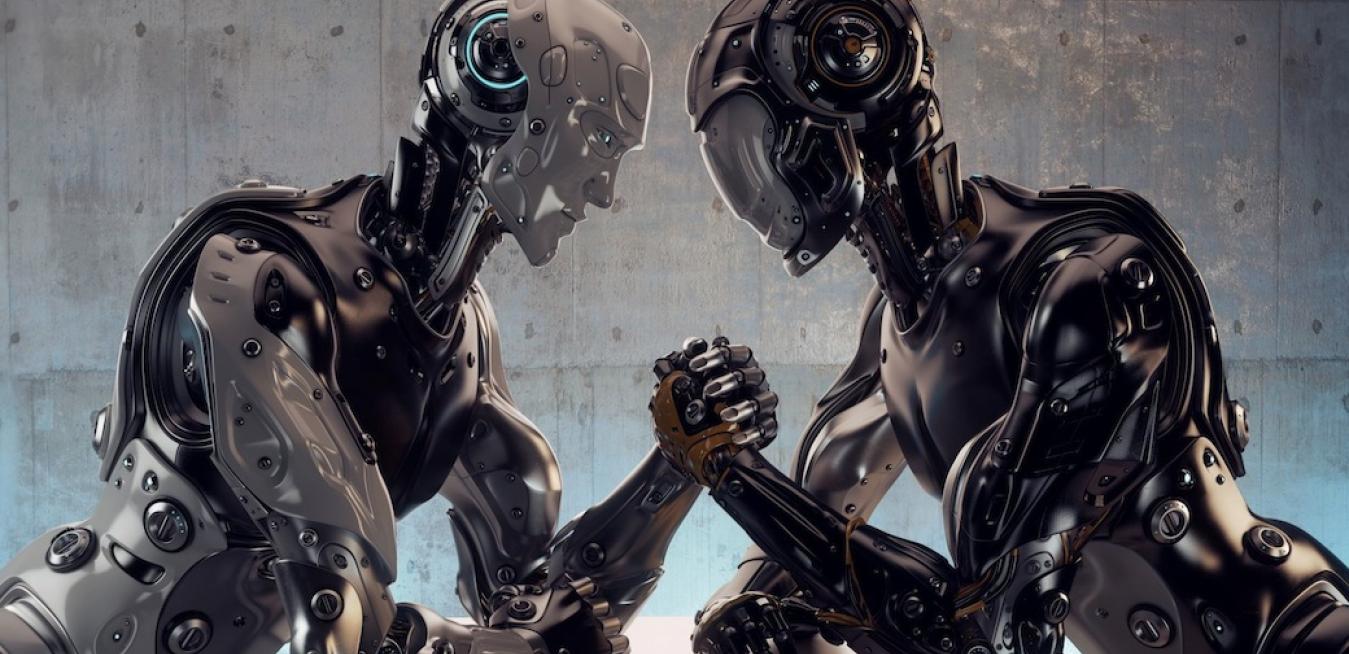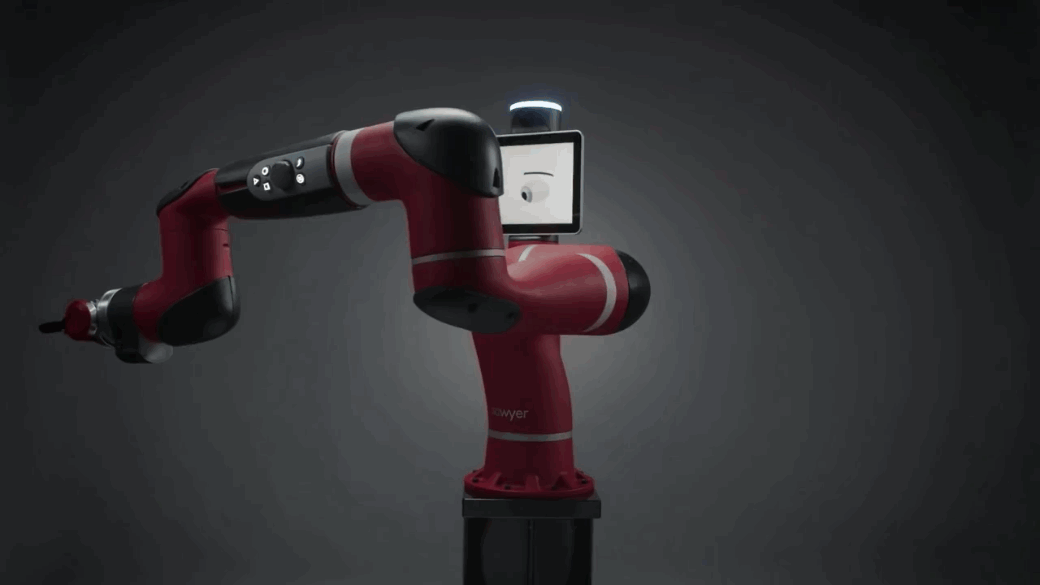Everyone knows that the future of transportation involves self-driving cars, and they’re coming to a ride-sharing service near you, possibly sooner than you think.
The experiment: take 30 engineering and IT students from Australia’s top universities; add mentors, training, and a powerful software platform; place in a Generator with a tangle of real-world industrial challenges; and shake!
Workers need new skills to compete in today’s economy, some more urgently than others -- but on whose dime?
The 4th Industrial Revolution is ushering in a new era in manufacturing by merging hardware and software and reimagining how products are designed, made and serviced. Advanced manufacturing has profound implications for the future of work, as well.
The forces of technological change and geopolitical decentralization are set to transform the world over the next five years. Here are the three biggest risks to watch.
We spend a significant amount of time looking at the year ahead at Eurasia Group. But given how quickly the world is changing — especially when the absence of global leadership means considerably more geopolitical conflict — I thought it would be useful to look further out on the horizon.
Here are the top three risks I see coming down the pike for the coming five years:
From the Brink: As part of a regular series featuring content from BRINK, A. Michael Froomkin discusses the legal complexities and challenges of robotics.
Robots aren’t people. So whom do we blame — and how do we react — when they spy on, injure or even kill us? And how could robots undermine even our most trusted professionals?
How collaborative robotics is accelerating the next industrial revolution.
When you hear about innovative technological advances that are reshaping industries, chances are you aren’t thinking about a factory floor. Not much has changed there since the first industrial robots were deployed in the 1960s — until now.Categories
Local governments can help address the crisis in entrepreneurship by cutting red tape.
The state of entrepreneurship in America is in a “crisis.” While the cost of starting a small business continue to decline, the number of new firms as a share of all companies has dropped 44 percent since 1978.






